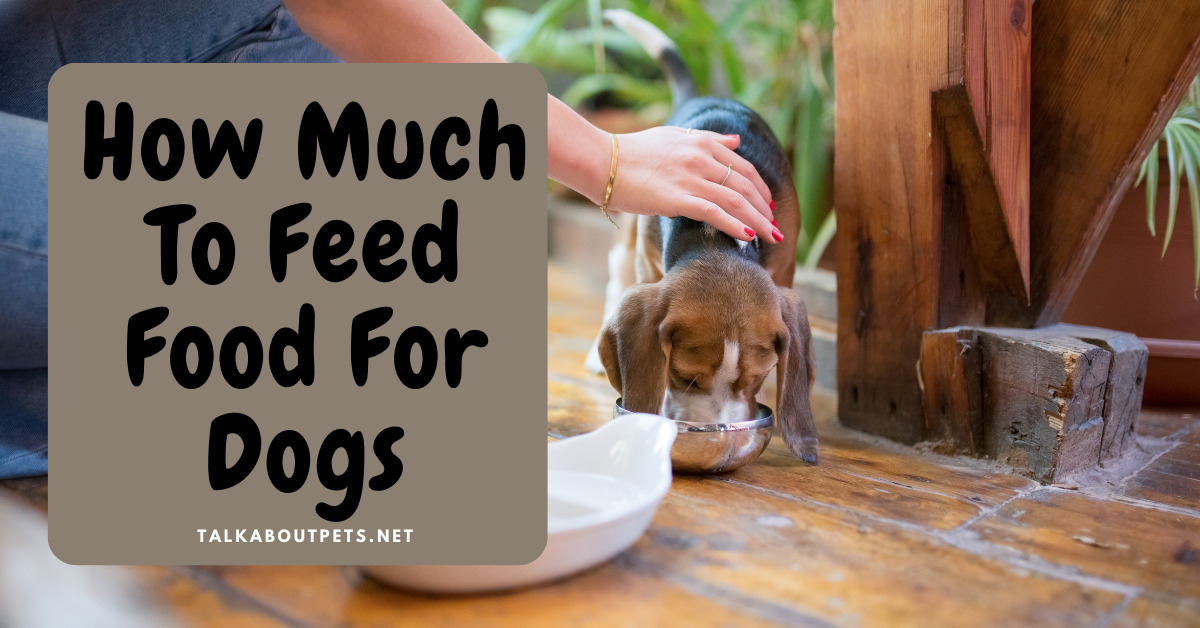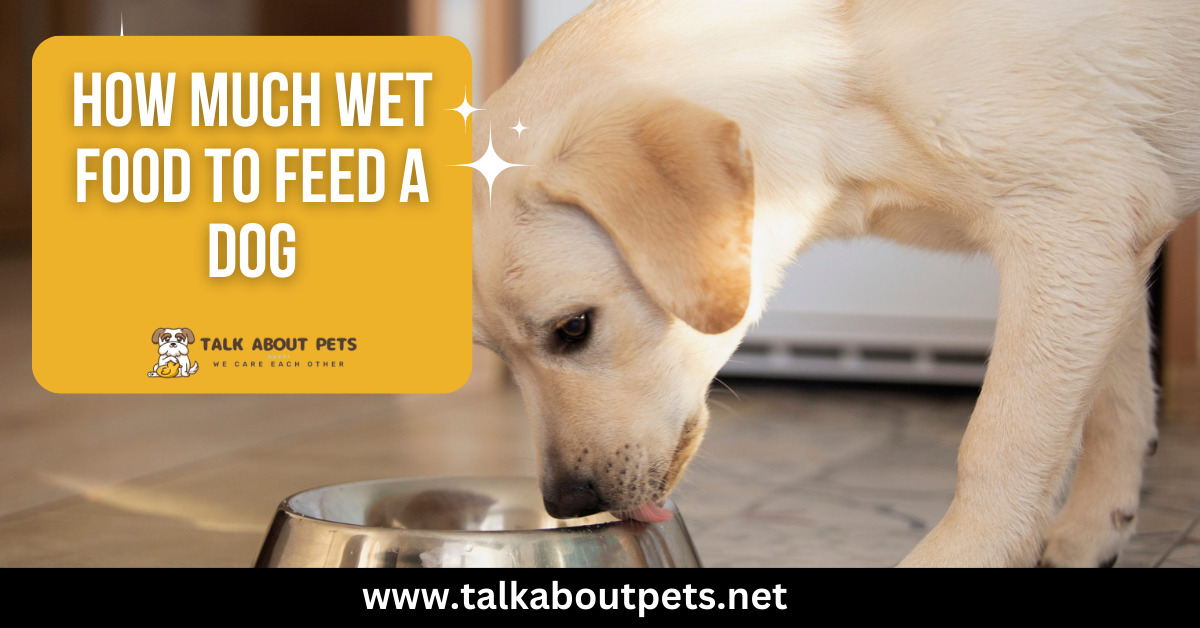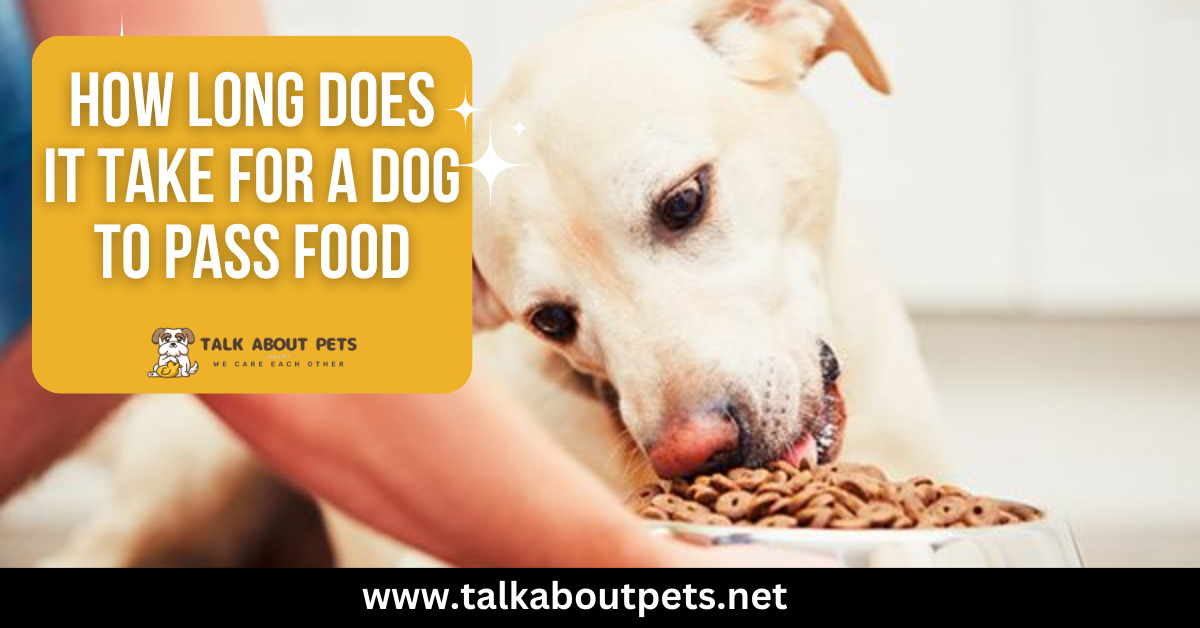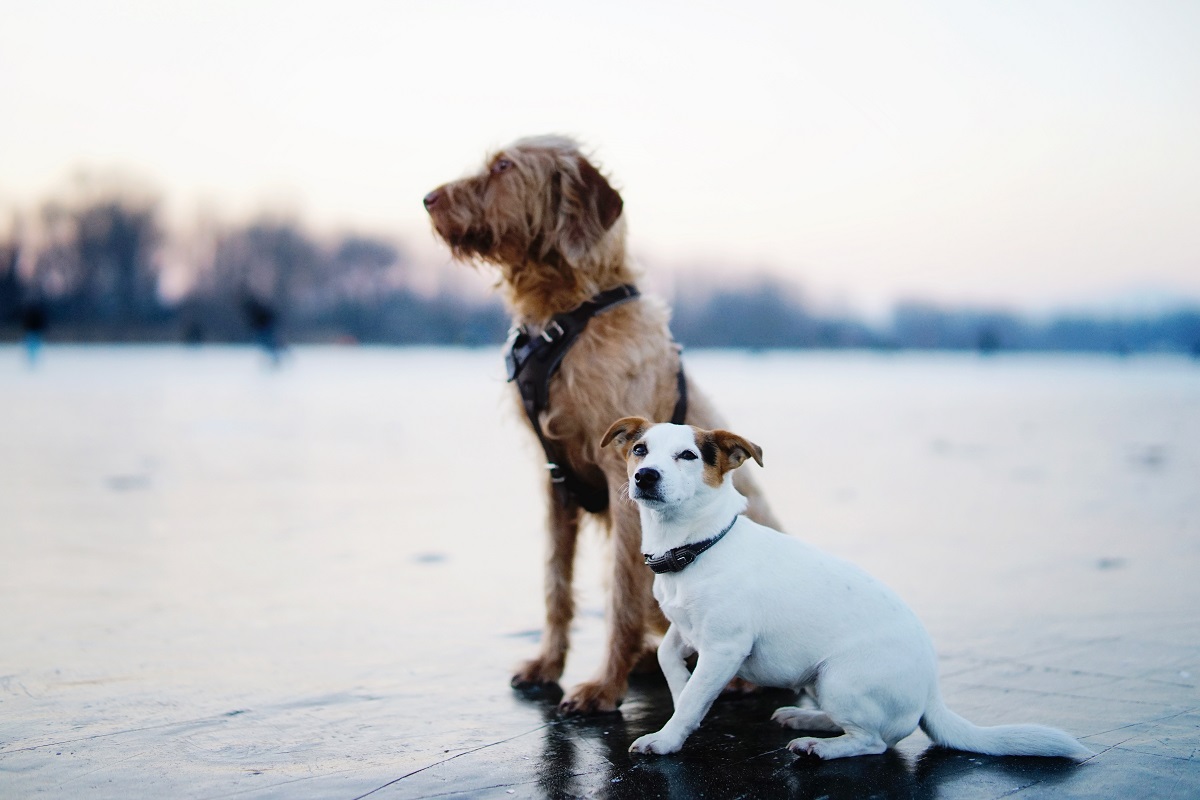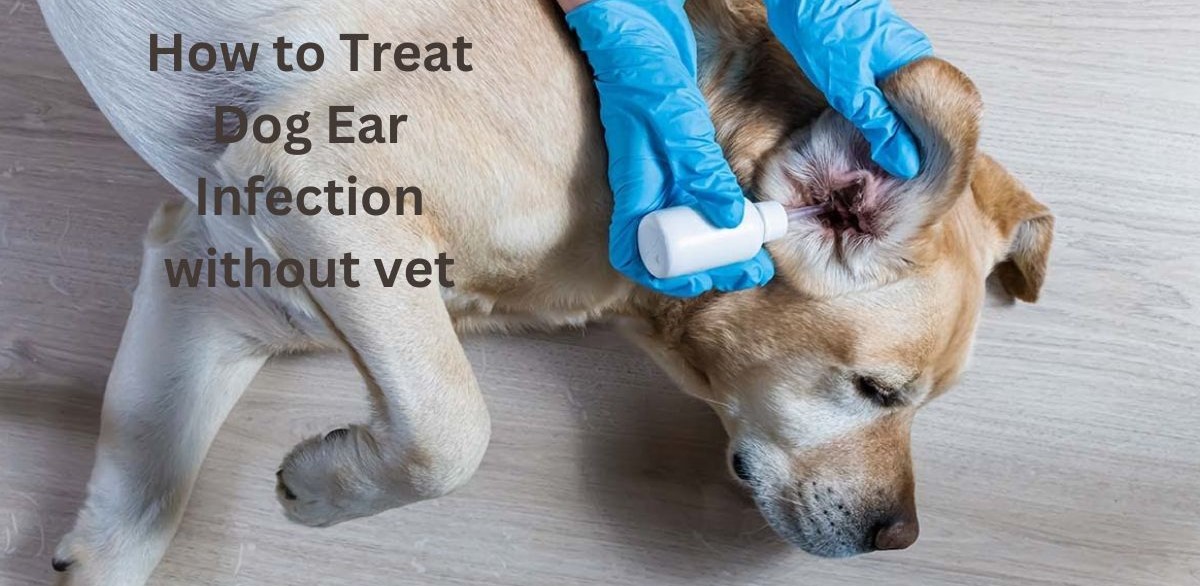Are your dog’s average daily diet of human food too little or too much? When it comes to food, this question can often be linked to price.
Most commercial foods are sold at a premium over non-food alternatives, making it difficult to determine if they are too little or too much. This can be expensive!
Using dog food Boulevard’s guide, we can help you find whether your dog is eating enough food or not! Are you looking for dry or canned foods? We recommend choosing the former if your dog needs more moisture and/or flavor.
Dry foods tend to contain less moisture than wet ones, making it hard to tell when your dog may need another meal or whether they will continue with the one they ate.
Canins does not suggest recommending using dry foods for training purposes. As there is still no way of knowing if they have enough moisture to ensure proper learning.
Are you looking for recipes? Then using canned and/or dried food is recommended.
The process of dog digestion
Once your dog has finished eating, the next step is to give him or her a wait. This is called sex-ing up or sexing up kibble.
Most dogs love romping with their food. Therefore, trying out a new food for your dog can be appealing. For example, your dog may enjoy playing with the food and changing it around or even mixing it with other foods.
Many foods are formulated as oatmeal-based foods. These foods usually do not have as many options for food as other types of digestible. However, if your dog does not like the taste of plain old kibble, then some products can reduce the amount of kibble that they have to eat.
If you think your dog may need more calories or digestion needs to be enhanced, then buy them out! There are many online resources for this type of product.
Dog digestion process
When your dog is older, it is time to give them food that is formulated to be Dog Food. This is called Dog Food Diet Food or otherwise known as Kibble.
There are several types of Dog Food: meaty, nonmeaty, raw, and all forms of vegetables. Most contain some form of meat as a primary ingredient.
As with most things in life, there are right and wrong ways to feed your dog. It is important to him or her too!
Most dogs enjoy eating if you take the time to make sure it is a good weight and has quality ingredients. If you do not know whether your dog can eat this type of food or not, then you should probably start with a smaller amount first! Make sure to always check with your vet before starting any new diet for your dog.
How long does it take for a dog to digest food?
There are many reasons why your dog may not eat her food for a short period. You can make it if you know how to do it, but there may be a way to help your dog eat her food faster.
Some foods contain longer ingredient sequences than others. This can be the case with canine food. For example, some Human food brands, contrasted with their cats’ food, contain much longer ingredient lists.
Some dogs may suffer from dietary dryness and/or mouth dryness when the food does not appear to be absorbed properly. If this is the case for your dog, then a quick trip to the veterinarian is needed to check whether or not she has any dietary needs that were not met.
Knowing what kinds of foods your dog may not like can sometimes help them out when it comes to eating their food.
What happens to the food after I swallow it?
Most foods are broken down in the gut by bacteria in your digestive system. When you eat, some of the food is passed along into your breath, vomited, or excreted in some way.
Some food products such as vegetables and fruits are absorbed directly into the blood and thence to the rest of the body. Other food products such as meat are digested and absorbed but not changed along with the diet.
Dogs that have a harder time processing their food may suffer from nutritional deficiencies such as low calcium or vitamin D.
This can happen for several reasons:
1) your dog may not be eating enough raw food,
2) he may be eating too much-cooked food, or
3) he may be eating too much junk food!
Nutritional deficiencies can occur for many reasons.
Does eating more quicker help with digestion?
Not if the food is dry or wet. Most foods contain some water or liquid inside of them, making them compatible with dog stomachs.
Some ingredients, like vegetables, cannot be combined with a dry stomach. For this reason, some foods are mixed with other types of food to create a combination that contains some water and/or liquid.
Dogs need to eat enough meat and fruits and vegetables every day. The right combinations of the two can help ensure this!
Sometimes dogs don’t eat as much as they should because they are wearing down their digestion process. If this happens to you, try mixing up their food routine a little bit.
What happens to the food after I chew it?
Most foods are fairly straightforward and have names for everything you can think of to eat. Some foods may require a recipe, so check your dog’s Intake Guidelines.
Some foods may require a process called roasting or toasting. This changes the texture and taste of the food.
Some dogs prefer raw food over cooked food. If you have a raw food proponent in your life, consider creating a custom mixed package of foods to share. This way, your dogs get personalized attention when they eat their food!
To keep my dog busy while I was making the opening ceremony, I made her some “wub-wubs” — little balls of meat covered in gravy that she had to chew and swallow. She enjoyed doing it, and it distracted her from the rest of the meal for a little bit.
Other things dogs like to do while eating is play with the Meal Time Toys.
Does digestion happen faster if I drink water with my meal?
Not only does drinking enough water happen faster in dogs, but it can also make a huge difference in people.
Some foods are more absorbable than others. Some are better for you than others. Some may even require more water to make you feel full.
If a dog gets hungry at a meal, then he or she should be able to eat enough to feel satisfied. If a dog doesn’t like the food that was chosen in the bowl, then maybe it would help if the owner drank some water after the dog did.
This happens more often in cats because they don’t have as much room for error when they try to feed themselves. If they overfeed, then they may lose their appetite and/or sense of satiation.
What happens to the food after it enters my stomach?
Most foods are made into a form that can be absorbed in the intestines. Some foods cannot be absorbed and stay in the system.
The length of time a dog eats food is dependent on how much each piece of food contains. For example, if the dog has special needs, then food with higher protein content is needed to ensure adequate nutrition.
Some diets require you to measure ingredients instead of using the word food. The word survivor is an example of a diet that requires little or no cooking of the food.
Resource-
https://www.rover.com/blog/how-long-does-it-take-dogs-to-digest-food/


